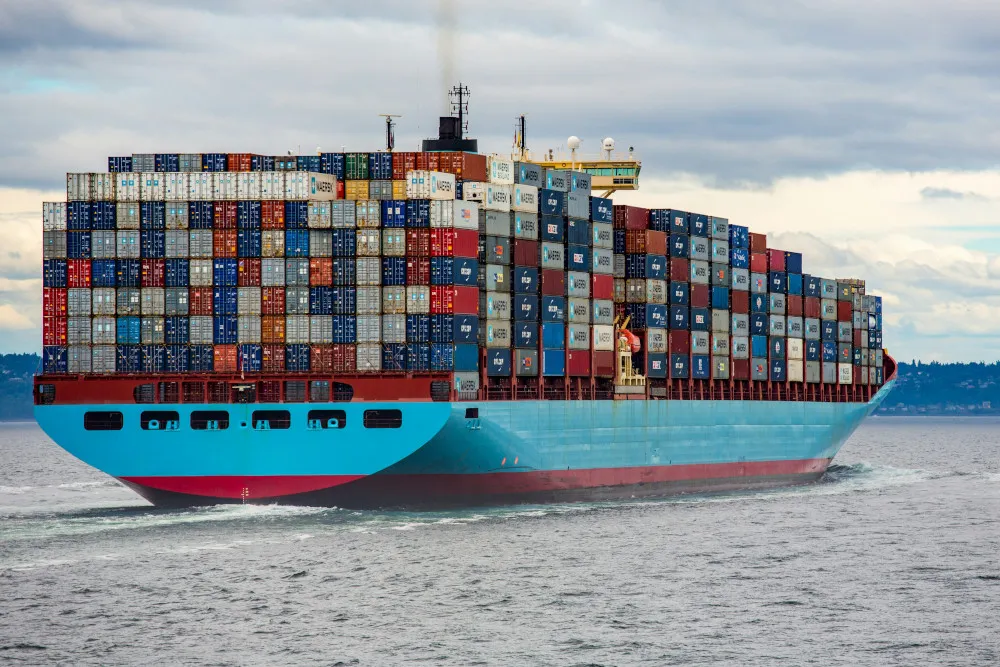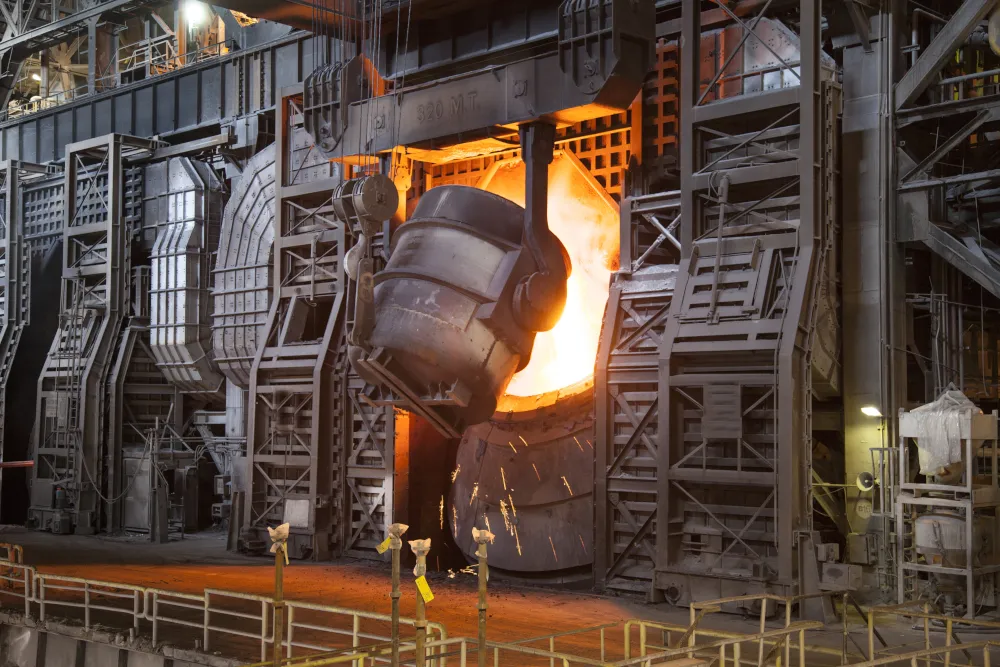The Carbon Border Adjustment Mechanism (CBAM) represents a groundbreaking climate policy introduced by the European Union to combat carbon leakage and promote global climate action. This comprehensive guide explains everything businesses need to know about CBAM compliance, reporting requirements, and implementation timelines.
CBAM serves as the EU's innovative response to the challenge of carbon leakage – where companies move production to countries with less stringent climate policies. By requiring importers to purchase carbon certificates corresponding to the carbon price that would have been paid had the goods been produced under the EU's carbon pricing rules, CBAM ensures a level playing field while supporting global climate goals.
The mechanism extends the EU's existing carbon pricing policies to imports, ensuring that the ambitious climate action being taken by EU industries is not undermined by less climate-conscious production in non-EU countries.



During this phase, businesses must:
Starting in 2026, importers will need to:
From the first of February 2027, companies will have to buy the certificates for the year 2026. The certificate price will be based on the average cost of 2026. It is essential that importers take this uncertainty into account.
CBAM initially covers imports of cement, iron and steel, aluminium, fertilizers, electricity, and hydrogen. The scope may expand to include additional sectors in the future. You can identify goods subject to CBAM in our CBAM code identifier.
Emissions calculations must follow EU-approved methodologies, considering both direct and indirect emissions from production processes. Dubrink's platform automates these calculations according to EU standards.
The European Union has established penalties for non-compliance with CBAM regulations, including fines, import restrictions, and other measures to address non-compliance.
Under the Carbon Border Adjustment Mechanism (CBAM), importers must purchase CBAM certificates to cover the embedded emissions of their imported goods. Starting from February 1, 2027, importers will be required to purchase CBAM certificates for emissions generated in the year 2026.